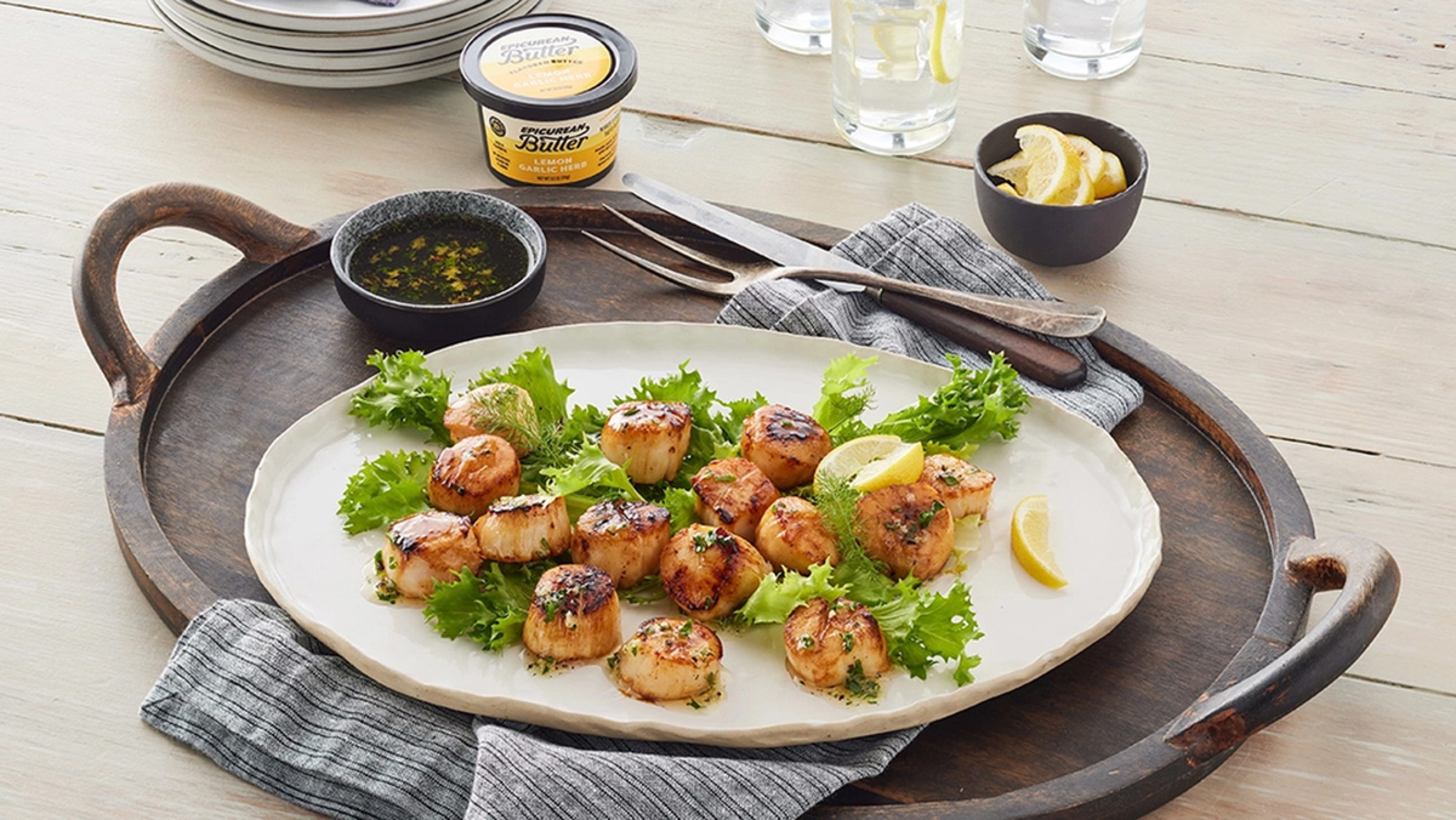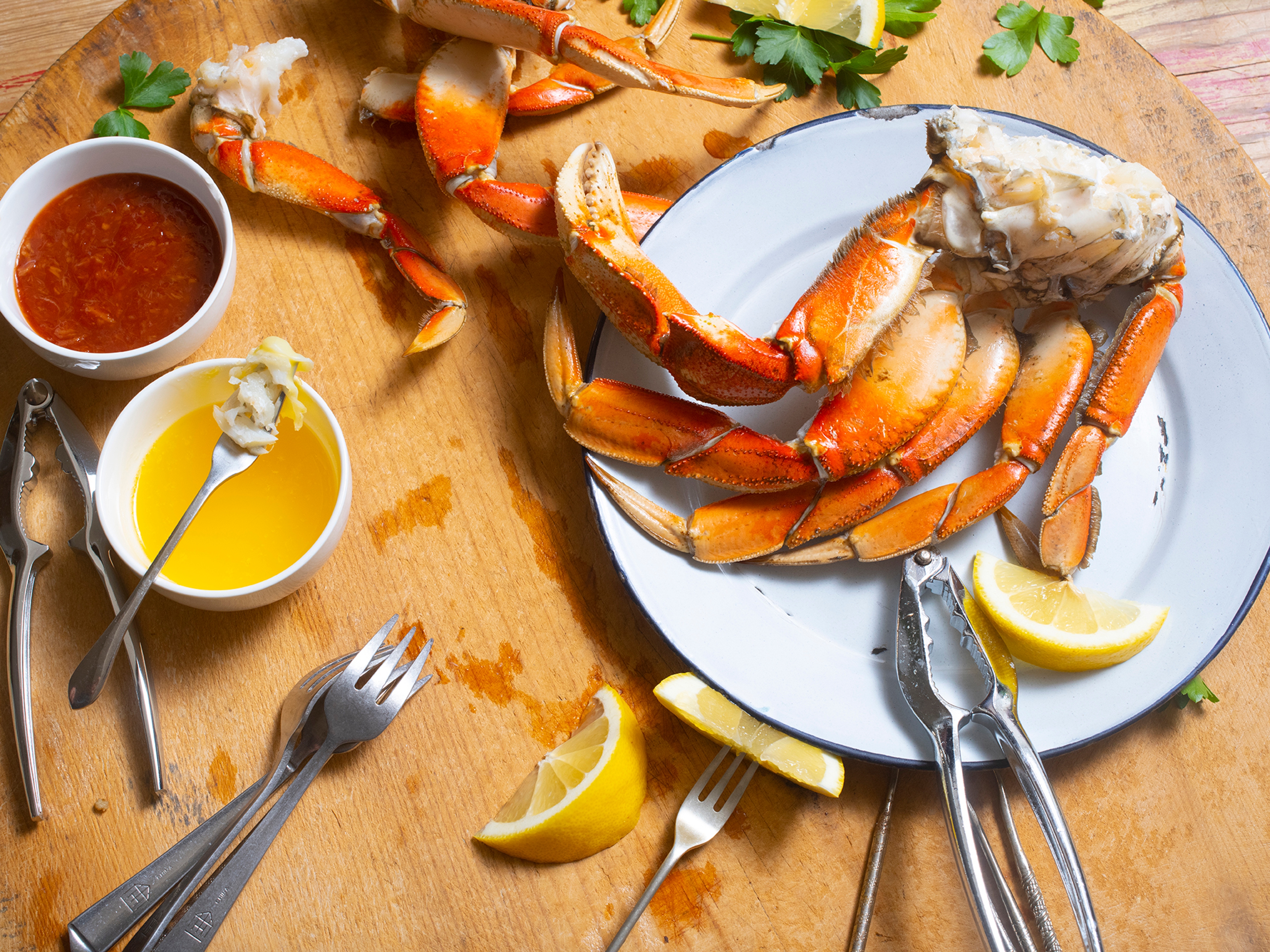7 Fish Soup Recipes That Will 'Bowl' You Over
Someone once said soup is a lot like life — it's all about what you put into it. Get ready to put delicious seafood into these.
Sep 17, 2025
As the year wraps up and winter approaches, guess what time it is? Yup, that's right: It's soup season.
When the temperature drops and the mere thought of stepping outside makes you shiver, the idea of sitting down to a steaming bowl of goodness — one that's chock full of delectable ingredients like plump shrimp, crab, or chunks of firm white fish swimming in a simmering broth enriched with a hint of tomato or splash of cream — can send a warming sensation throughout your body.
There's a reason why soups and stews, particularly seafood and fish soups, are so beloved around the globe. Whether you let the soup pot simmer for hours on the stove or pull out some delicious and convenient leftovers from the fridge or freezer, a soup's flavors keep getting better with time.
So, go ahead: Cozy up with a cup of clam chowder for lunch or dive into a robust bowl of cioppino for dinner. Any way you choose to consume it, you can't go wrong with a comforting bowl of fish soup. It's like a warm hug for your taste buds, and who can resist that?
Clam Chowder
Clam Chowder
Shop : Classic Clam Chowder from Vital Choice
The definition of clam chowder is simple: It's a fish soup that traditionally includes clams, broth, potatoes, onions, and celery. While creamy New England and tomato-based Manhattan clam chowders tend to claim the spotlight, Rhode Island clam chowder is, unfortunately, overlooked.
With its delicate and refined flavor profile, this clear broth soup has a rich, centuries-old history that deserves recognition. The key is to let the sweet, subtle flavor of the clams shine through. The clear and refreshing broth is made by simmering clams, potatoes, onions, and bacon in water or fish stock until tender, and then straining the broth to remove any solids. The resulting soup boasts a savory sweetness from the clams and a slightly salty tang from the pork.
Contemporary versions, like this one, introduce a touch of heavy cream to enrich the broth while preserving its lightness, yielding a chowder that's still thinner and more refined than the more well-known New England version.
Shop : Classic Clam Chowder from Vital Choice
Seafood Bisque
Seafood Bisque
Shop : Savory Seafood Bisque from Vital Choice
Seafood bisque, known for its rich, creamy texture and delicate flavors, is a restaurant favorite that's also easy to prepare at home. Its origins can be traced back to 17th century France; the term "bisque" is derived from the French "biscuit," referring to twice-baked bread. The reason? Early versions of this dish combined seafood, vegetables, and stale bread to achieve bisque's famously smooth, creamy consistency. Now, cream and butter, pureed with aromatics like onion and garlic, achieve that smooth, silky texture that sets it apart from heartier chowders.
Shop : Savory Seafood Bisque from Vital Choice
Cioppino
Cioppino
Shop : Seafood Cioppino from Vital Choice
This classic fish soup with a tomato and wine base hails, perhaps surprisingly, from San Francisco — that despite its Italian-sounding name, which likely derives from the word ciuppin, referring to a particular tomato-based fish soup from Genoa.
Italian fishermen who settled in San Francisco in the late 1860s probably brought this dish to life, using the day's catch leftovers. That's the spirit of cioppino — you can add whatever you have on hand to it. Only a firm white fish (halibut, cod, and sea bass are traditional), clams, tomatoes, and seasonings are required. Nearly all recipes also include white wine, and many include shrimp and crab.
Shop : Seafood Cioppino from Vital Choice
Bouillabaisse
Bouillabaisse
Shop : MSC Wild Alaskan Halibut - skinless, boneless from Vital Choice
This classic French seafood dish dates back to 1855, and its name comes from the French words "bouillir" (to boil) and "abaisser" (to reduce). Provençal sailors in southern France originally crafted it from discarded fish scraps. However, the dish has evolved to exude elegance over time and is now a classic of French cuisine.
In the 1980s, restaurateurs in the Provençal city of Marseille established a charter defining the authentic bouillabaisse, including saffron and fennel while excluding white wine. As for the seafood, some firm-fleshed fish like halibut is required, and scallops, shrimp, and lobster appear in various bouillabaisse recipes.
Shop : MSC Wild Alaskan Halibut - skinless, boneless from Vital Choice
Tom Yum Goong
Tom Yum Goong
Shop : Wild Artisan Blue Shrimp - raw, peeled, deveined from Vital Choice
Tom yum goong, a celebrated Thai fish soup, is known for its vibrant flavors, with shrimp as the key ingredient. Enriched with lemongrass, makrut lime leaves, and chili peppers, this Southeast Asian favorite offers an enticing blend of aromatic and spicy elements and is surprisingly quick to make. Those ingredients provide the distinct, tangy flavors of Thai cuisine.
Belonging to the "tom yum" family of Thai soups, tom yum goong emphasizes "boiling together." The "goong" in its name signifies prawns or shrimp. With its refreshing and zesty profile, tom yum goong masterfully harmonizes spicy and sour notes, offering a delightful culinary journey from Thailand.
Shop : Wild Artisan Blue Shrimp - raw, peeled, deveined from Vital Choice
Sopa Marinera
Sopa Marinera
Shop : Wild Artisan Blue Shrimp - raw, peeled, deveined from Vital Choice
Wild Alaskan Golden King Crab Legs and Claw from Vital Choice
If you're a seafood fan, don't miss out on this delightful seafood soup from Honduras. This dish has deep roots in the coastal regions of the Central American country, where seafood is abundant and beloved.
This shrimp and crab soup is characterized by its coconut milk-enriched base and the addition of local elements like yucca and plantains. This harmonious combination results is a nutritious and delightful dish perfect for special occasions, a refreshing summer lunch, or a wonderful shared experience with family and friends. For an added burst of flavor, consider serving the soup with a squeeze of lemon and a touch of hot sauce.
Shop : Wild Artisan Blue Shrimp - raw, peeled, deveined from Vital Choice
Wild Alaskan Golden King Crab Legs and Claw from Vital Choice
Gumbo
Gumbo
Shop : Pasture-Raised Pork Bacon - 12 oz packages from Vital Choice
Wild Alaskan Snow (Tanner) Crab Sections - cooked, cleaned & split from Vital Choice
Hailing from Louisiana and deeply entrenched in both Creole and Cajun culinary traditions, gumbo is a culinary masterpiece featuring andouille sausage, chicken, and an array of seafood, such as shrimp and crab.
While there's room for creativity, gumbo typically relies on the foundational components of roux and a mirepoix of celery, onion, and green bell pepper. The stew is thickened with filé powder, okra, or a chocolate brown roux made with vegetable oil and flour. Crafting the roux requires time and patience; it needs continuous stirring until it achieves a rich, deep brown hue. Then, after simmering until the flavors meld, the gumbo is served over rice.
Shop : Pasture-Raised Pork Bacon - 12 oz packages from Vital Choice
Wild Alaskan Snow (Tanner) Crab Sections - cooked, cleaned & split from Vital Choice



















